
Community participation by individuals with chronic obstructive pulmonary disease (COPD) resulted in better lung function, improved exercise capacity, and less breathlessness, according to a recent study.


Community participation by individuals with chronic obstructive pulmonary disease (COPD) resulted in better lung function, improved exercise capacity, and less breathlessness, according to a recent study.

Two abstracts presented at CHEST 2021 outlined risk factors for exacerbations of chronic obstructive pulmonary disease (COPD) among veterans.

A recent study found that nurses who worked in operating rooms for 15 or more years are 46% to 69% more likely to develop chronic obstructive pulmonary disease (COPD) than nurses who had never worked in an operating room.
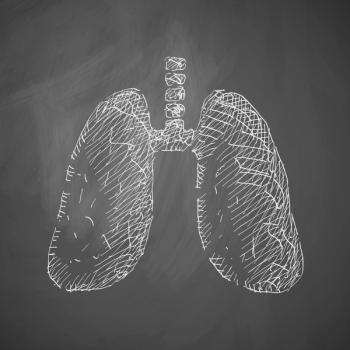
A report suggests that people with chronic obstructive pulmonary disease (COPD) and asthma have a protein in their lungs that leaks a small molecule into their bloodstream that restricts their breathing instead of relaxing their airways.

Researchers in Spain investigated whether implementation of a pulmonary embolism diagnostic strategy improved outcomes among patients with chronic obstructive pulmonary disease (COPD).
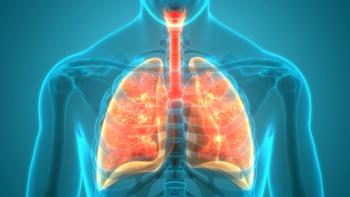
The study found that a combination of the Chinese symptom-based questionnaire and microspirometry could provide the most efficient and cost-effective way of identifying patients who need treatment for COPD.

The study aimed to identify the usefulness of telemonitoring to detect and manage acute exacerbation of COPD (AECOPD).

A review gives an overview of potential biomarkers in chronic obstructive pulmonary disease.

Results of a longitudinal study outline the relationship between depression and patients reported outcomes among those with chronic obstructive pulmonary disease (COPD).
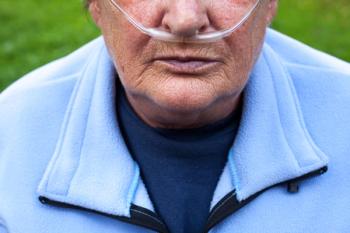
On top of a general rise in chronic obstructive pulmonary disease (COPD) rates, the study found data suggesting increases not tied to a past history of smoking in several occupations.

This study explores the association between receiving noninvasive ventilation at home and mortality, hospitalizations, and emergency department visits in patients with chronic obstructive pulmonary disease (COPD) with chronic respiratory failure (CRF).

Symptoms of late-stage chronic obstructive pulmonary disease (COPD) were more controlled when patients received palliative care, according to the Swedish study.
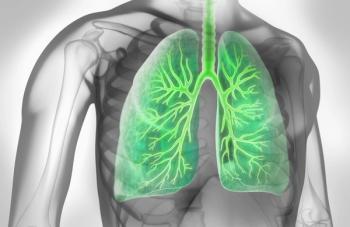
The study, conducted in Spain, sought to determine the factors that created a higher risk of death from acute exacerbations of chronic obstructive pulmonary disease (COPD) in primary care.
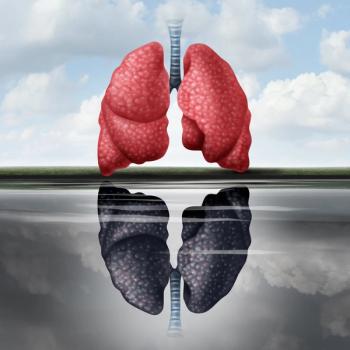
This study is one of only a handful to explore barriers to pulmonary rehabilitation in Iran for patients with chronic obstructive pulmonary disease (COPD).
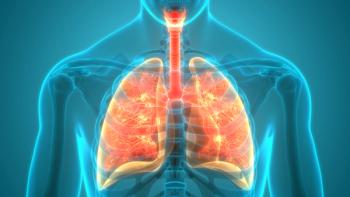
Worsening chronic obstructive pulmonary disease (COPD) symptoms are often underreported by patients who cannot recognize these changes as sign of decline, but they can be objectively measured through remote patient monitoring (RPM).

A new study offers insight into ways to decrease the burden on caregivers for patients with chronic obstructive pulmonary disease (COPD) in China and around the world.

Patients with chronic obstructive pulmonary disease (COPD) who experienced handgrip strength (HGS) weakness may be more susceptible to exacerbation, a new study shows.
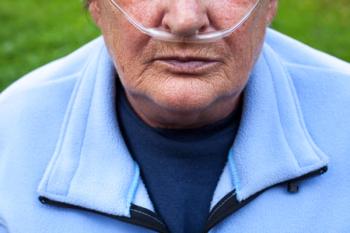
Investigators of a 3-year observational study identified independent risk factors for exacerbations related to chronic obstructive pulmonary disease (COPD) and successfully developed a novel risk score for COPD exacerbations.

Peer support nursing intervention produced significant benefits in lung function and quality of life (QOL) in patients with chronic obstructive pulmonary disease (COPD), highlighting the importance that nurses can play in improving disease management.

A retrospective analysis found that lung function and weakened gas exchange have a minimal effect on sleep quality in patients with chronic obstructive pulmonary disease (COPD), suggesting that psychological mechanisms may play a larger role.

Patients with chronic obstructive pulmonary disease (COPD) and chronic heart failure were adherent to an e-health self-management intervention but were often not responsive when advised to call medical personnel because of concerning symptoms.

Investigators detected potential predictors reducing a patients’ ability to receive an early diagnosis for chronic obstructive pulmonary disease (COPD), including poorer lung function, lower education levels, and residing in a rural area.

Adding a pedometer to pulmonary rehabilitation did not improve long-term physical activity in patients with chronic obstructive pulmonary disease (COPD), suggesting pedometers are not an effective strategy to boost physical activity, according to a recent study.

A meta-analysis of published literature confirmed that N-aceteylcysteine, a cough medication, was effective at improving symptoms and lung function of patients with acute exacerbation of chronic obstructive pulmonary disease (AECOPD).

An algorithm influenced by cough sound recognition and symptom reporting conducted using a smartphone was found to be effective at diagnosing patients with acute exacerbation of chronic obstructive pulmonary disease (AECOPD).

259 Prospect Plains Rd, Bldg H
Cranbury, NJ 08512
© 2025 MJH Life Sciences®
All rights reserved.
